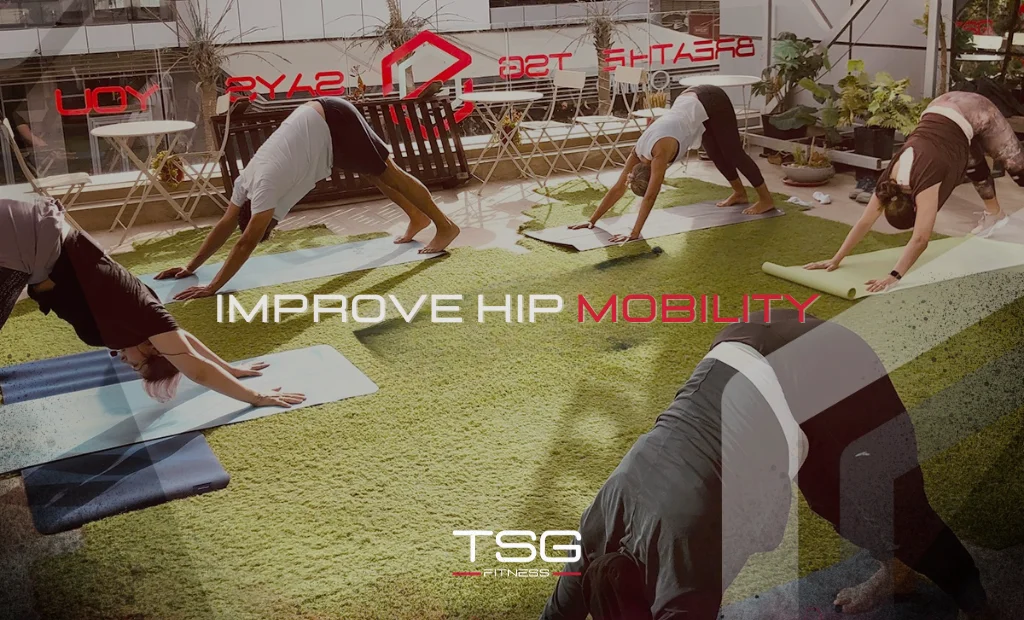
What Are Compound Exercises? | Benefits & Examples by TSG Fitness
If you’re aiming to build strength, burn calories efficiently, and get the most bang for your buck at the gym, one term should dominate your fitness vocabulary: compound exercises. These powerhouse moves engage multiple muscle groups and joints in a single movement, maximizing efficiency and results. Whether you’re a seasoned lifter or a complete beginner, understanding what compound exercises are and how to use them can revolutionize your workouts.
At TSG Fitness, we love compound exercises because they form the backbone of smart, results-driven programming. This guide unpacks the essentials — from what compound exercises are, why they matter, their top benefits, and some killer examples you can start using right away. Let’s break it all down.
What Are Compound Exercises?
Compound exercises are multi-joint movements that work several muscle groups simultaneously. Unlike isolation exercises, which target one muscle at a time (think bicep curls), compound exercises recruit bigger chains of muscles, making your workout far more efficient and effective.
Classic examples of compound exercises include:
- Squats (hips, knees, quads, hamstrings, glutes, core)
- Deadlifts (hips, hamstrings, back, core, grip)
- Bench presses (shoulders, chest, triceps)
- Pull-ups (lats, biceps, shoulders, core)
- Lunges (quads, hamstrings, glutes, core, calves)
By combining multiple muscle groups, compound exercises elevate your workouts from good to great, helping you build strength, burn more calories, and improve functional fitness.
Key Benefits of Compound Exercises
Build More Strength in Less Time
Because you’re using multiple muscle groups, compound exercises allow you to lift heavier weights and build strength faster compared to isolation moves.
Burn More Calories
More muscles working = higher energy demand. Compound exercises torch calories and boost metabolic rate, making them excellent for fat loss and body composition goals.
Improve Functional Fitness
Life doesn’t happen one muscle at a time. Compound movements mimic real-life activities — squatting, pushing, pulling — improving overall coordination, balance, and athletic performance.
Enhance Hormonal Response
Heavy compound lifts stimulate testosterone and growth hormone production, amplifying muscle growth and recovery.
Maximize Workout Efficiency
If you’re short on time, compound exercises deliver maximum return on investment. A few well-chosen compound moves can replace long, inefficient workouts.
Top Compound Exercises You Should Add to Your Routine
Squats
The king of compound movements. Squats work your quads, glutes, hamstrings, and core while challenging balance and stability.
Deadlifts
One of the most effective total-body strength builders. Deadlifts engage your posterior chain, grip, and core, making them a must in any serious program.
Bench Press
This upper-body staple targets your chest, shoulders, and triceps, making it essential for pushing strength.
Pull-Ups
An advanced bodyweight move that crushes your lats, biceps, shoulders, and core. Use bands or assist machines if you’re still building strength.
Lunges
Lunges challenge balance, hip mobility, and single-leg strength, working the lower body and core in dynamic ways.
How to Program Compound Exercises Effectively
At TSG Fitness, we design programs that blend compound and isolation exercises for balanced, effective results. Here’s how you can do it too:
- Start your workout with compound moves when you’re fresh and strongest.
- Use heavier weights for low-to-moderate reps (4–8) to build strength, or moderate weights for higher reps (8–12) for hypertrophy.
- Balance push and pull movements to avoid muscular imbalances.
- Combine with isolation exercises if you want to focus on lagging muscles or add volume.
Need expert help? Our TSG personal trainers craft personalized routines tailored to your body, goals, and abilities.
Common Mistakes to Avoid with Compound Exercises
Poor Form
Compound moves demand proper technique. Without it, you risk injury. Get coached by professionals like those at TSG Fitness to dial in your form.
Lifting Too Heavy Too Soon
Chasing numbers before mastering mechanics is a recipe for disaster. Focus on control and range of motion first.
Neglecting Recovery
Compound exercises tax your nervous system and muscles. Prioritize rest, recovery, and proper nutrition to support gains.
Ignoring Warm-Ups
Jumping into heavy squats or deadlifts cold can wreck your joints. Always warm up with mobility work and lighter sets.
FAQs About Compound Exercises
- Are compound exercises better than isolation exercises?
Both have value, but compound exercises deliver more efficiency, strength, and calorie burn per rep. Isolation moves are great for targeting specific muscles or fixing imbalances. - How many compound exercises should I include in a workout?
Most workouts benefit from 3–5 compound exercises, depending on your goals, experience, and session length. - Can beginners do compound exercises?
Absolutely! Beginners should start with bodyweight variations or light weights, focusing on form before progressing. - Do compound exercises help with fat loss?
Yes — they burn more calories and elevate your metabolism, making them excellent for fat-burning programs. - How often should I train compound exercises?
Most people benefit from 2–4 sessions per week, depending on training split and recovery capacity.
Final Takeaway
Compound exercises are the cornerstone of any smart, effective fitness program. Whether you’re chasing strength, muscle, fat loss, or athletic performance, these powerhouse movements deliver unmatched results. At TSG Fitness, we specialize in crafting programs that harness the power of compound exercises, combined with expert coaching, tailored nutrition, and a supportive community.
Want to take your training to the next level? Message TSG Fitness on WhatsApp now and get started today


